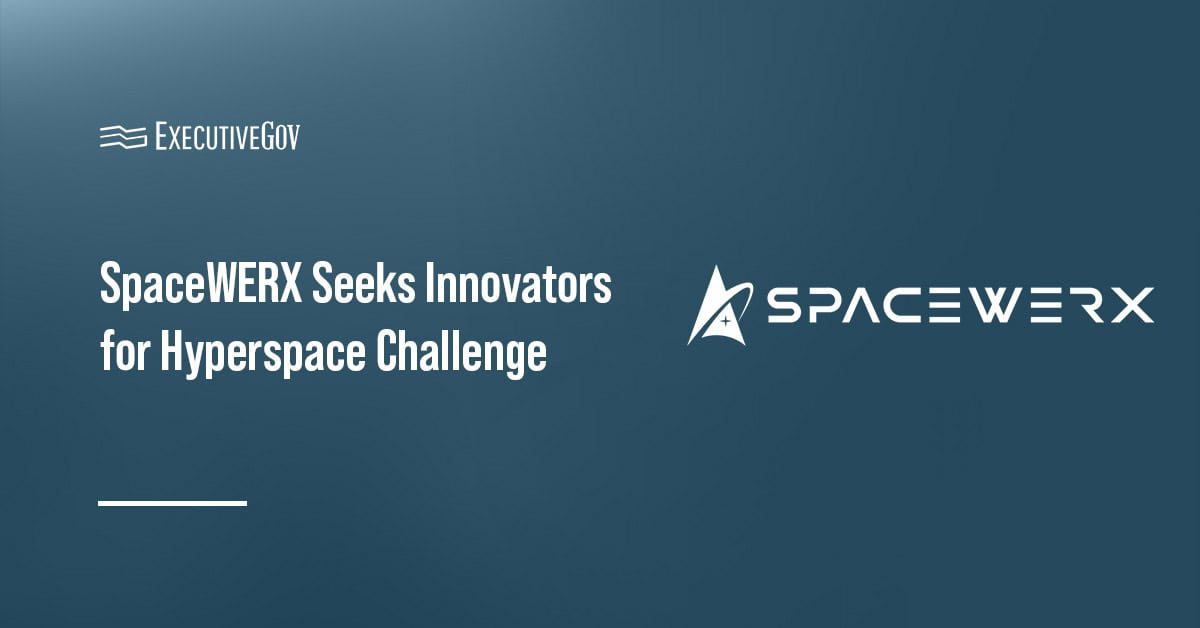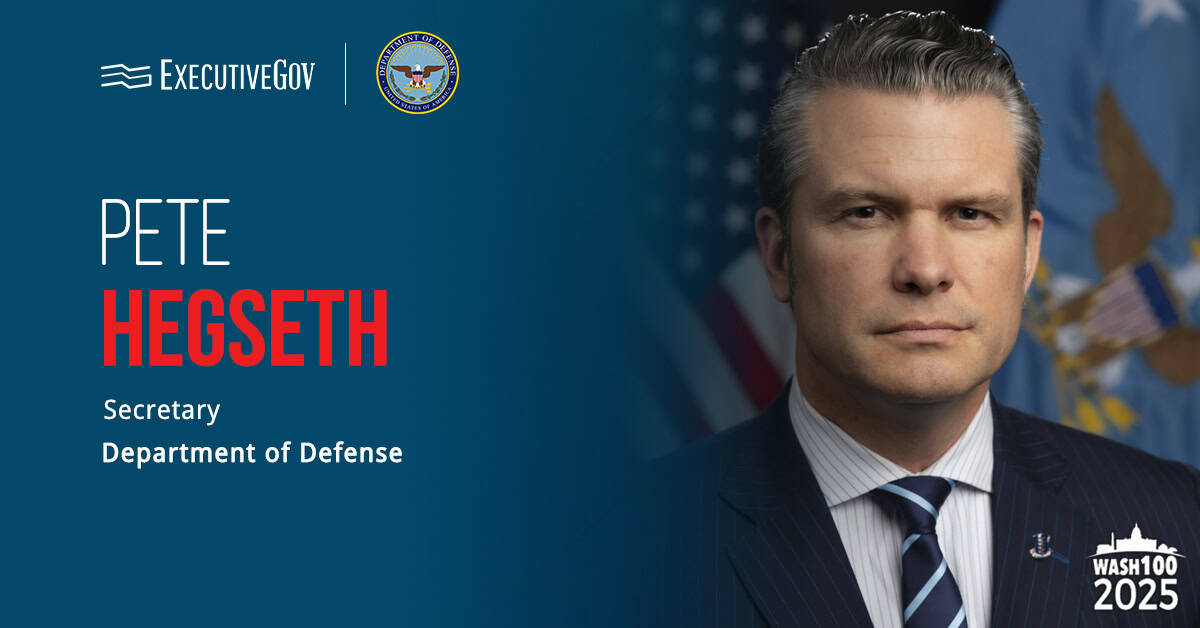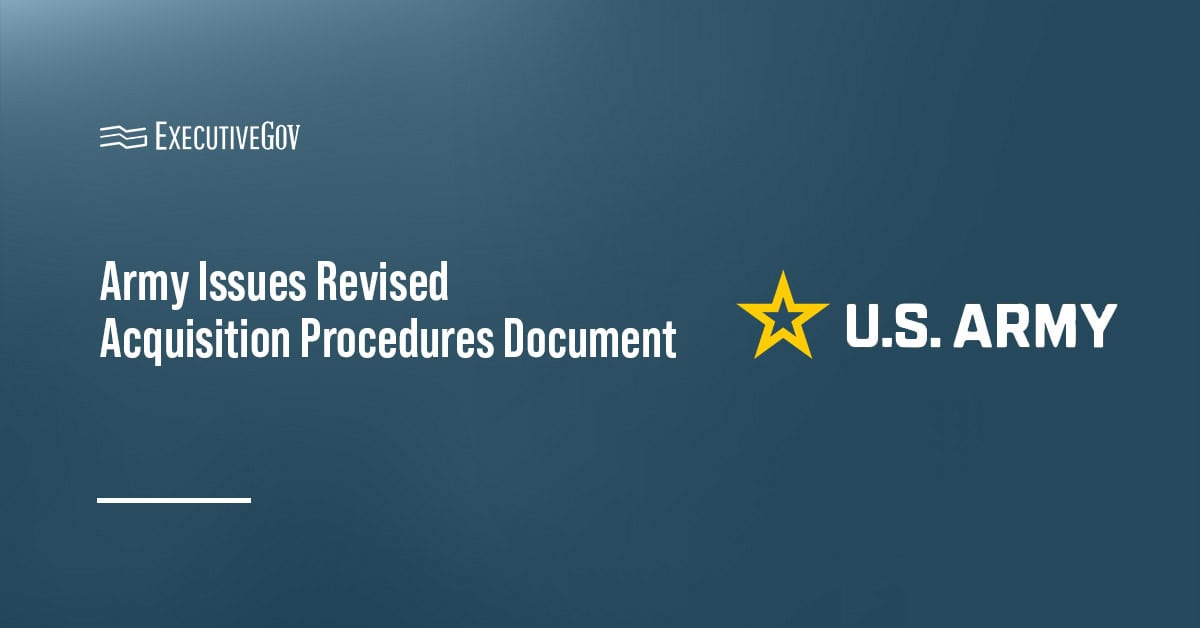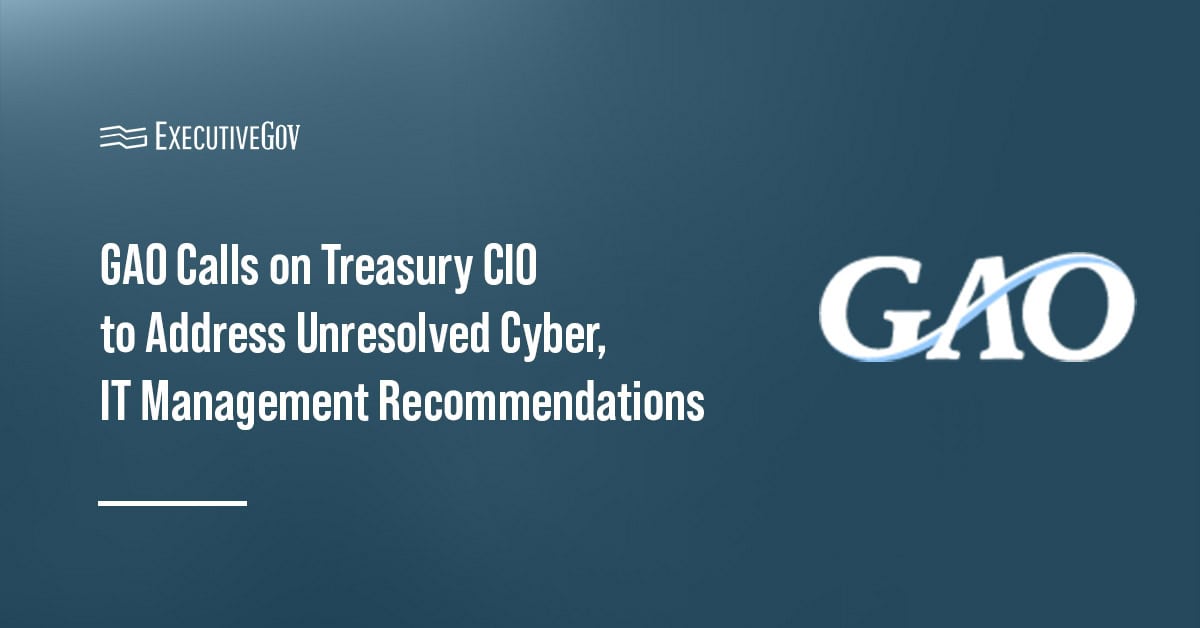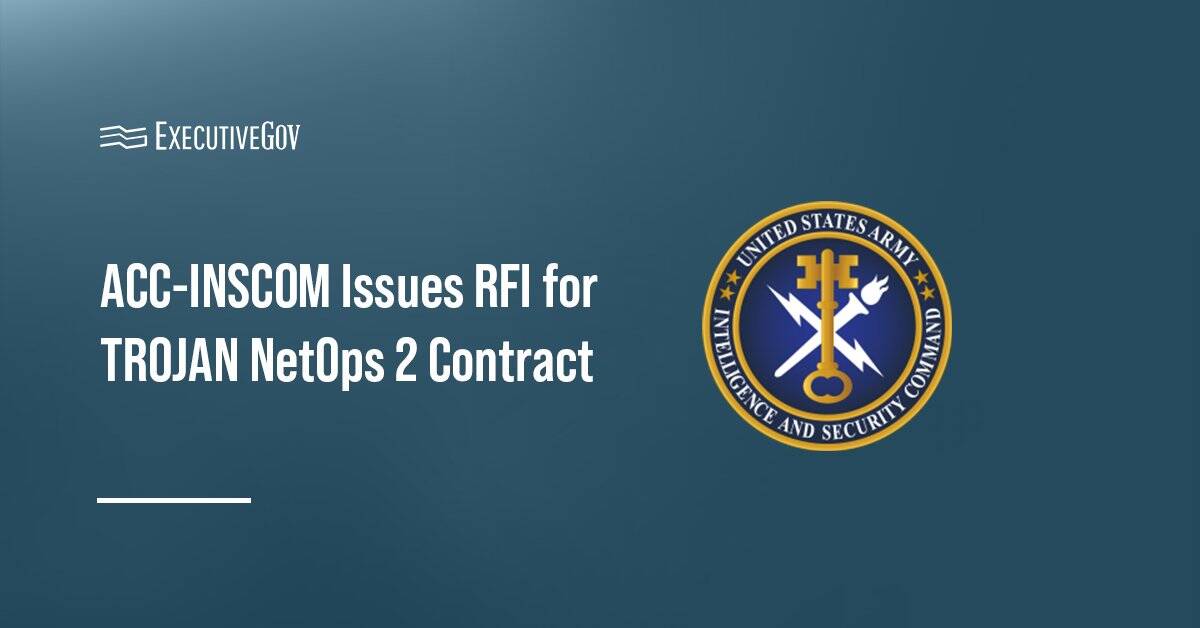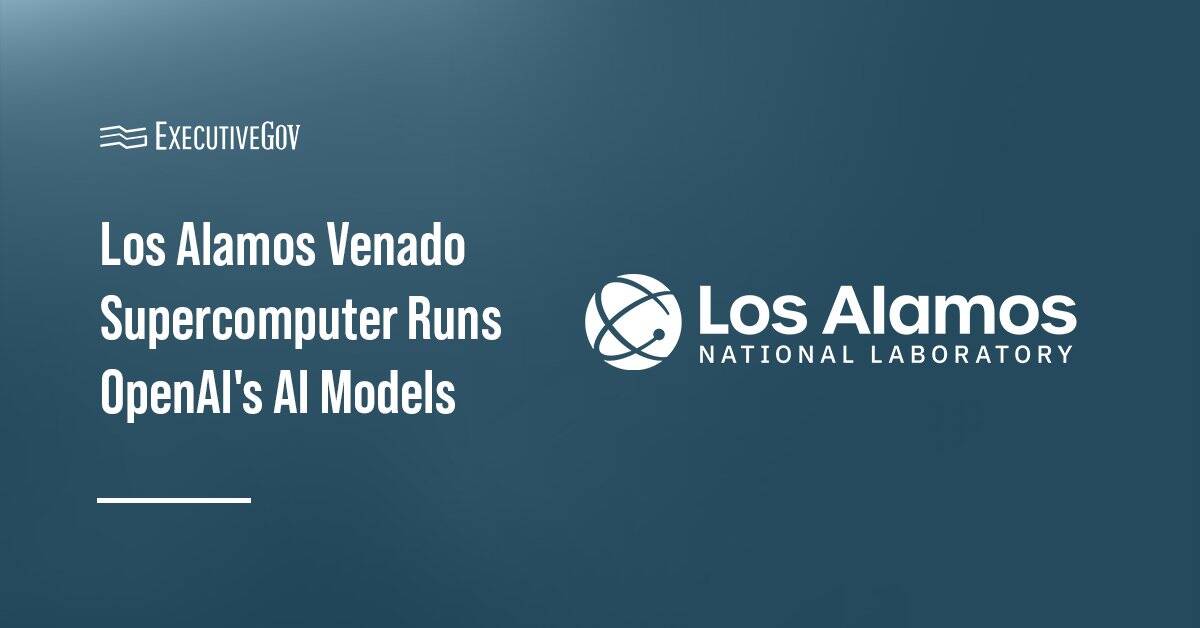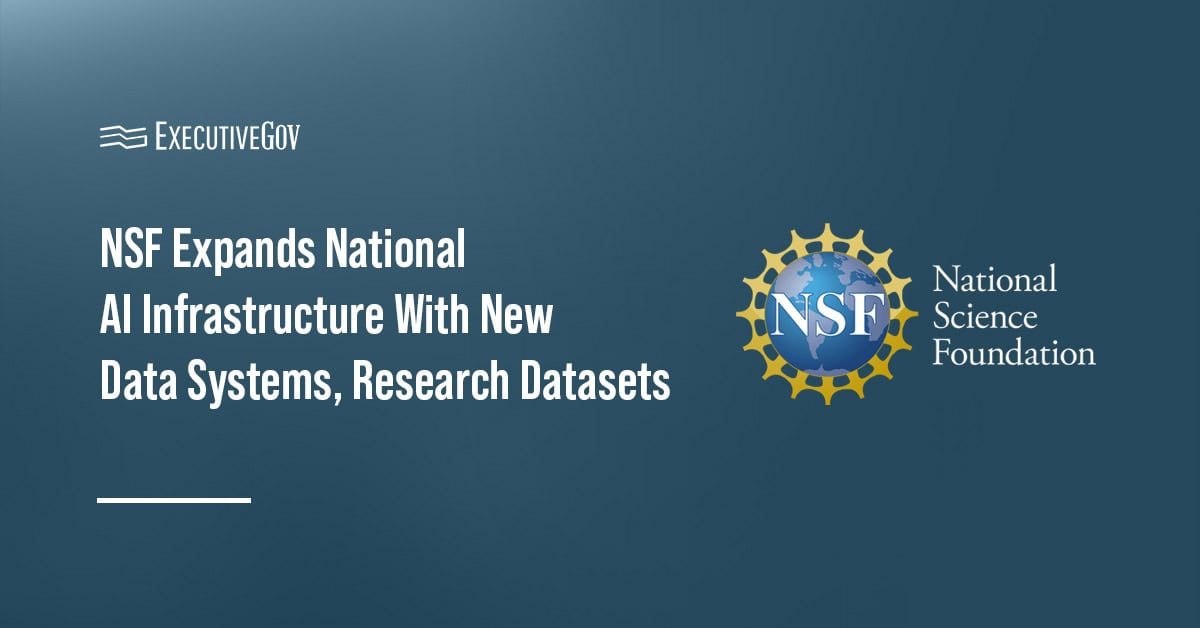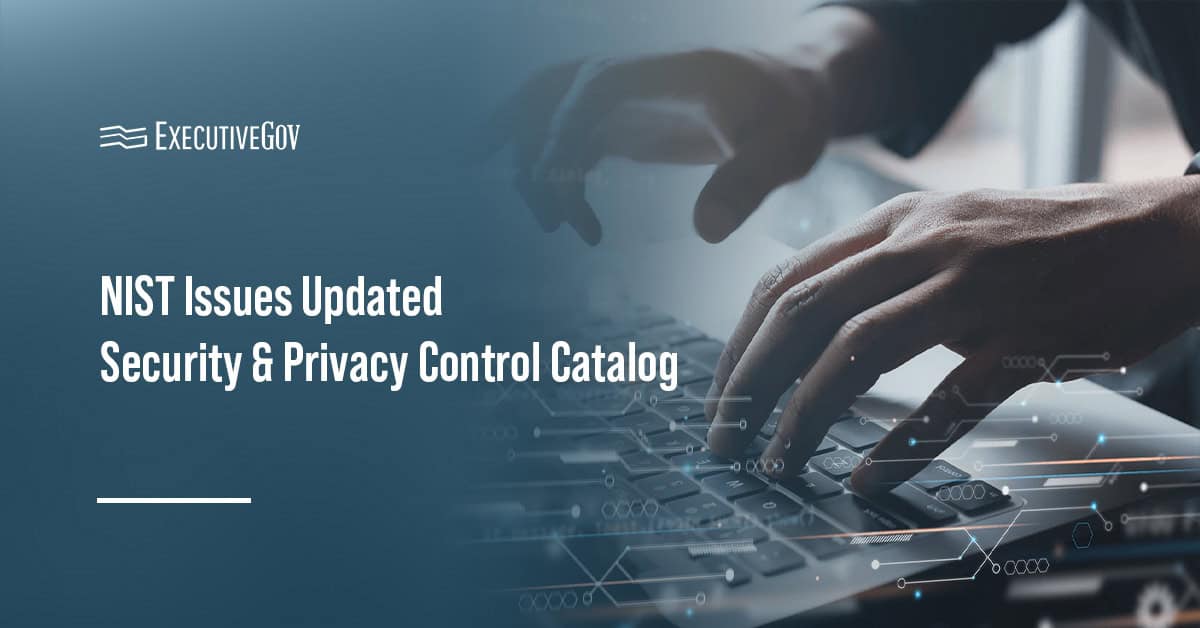The Air Force Research Laboratory’s SpaceWERX, in collaboration with the U.S. Space Force Space Systems Command, has launched the Hyperspace Challenge 2025 program.
Table of Contents
What Is the Hyperspace Challenge?
The Space Systems Command said Thursday the initiative aims to advance USSF’s operational test and training infrastructure. The challenge invites companies with a Small Business Innovation Research Phase II award to help develop modeling and simulation technologies. Companies already working on technologies such as simulation, augmented reality, mixed reality and virtual reality, particularly those that can be leveraged for addressing real-world demands in national security and space, are encouraged to participate in the program.
The Hyperspace Challenge will focus on innovations supporting the needs of the operational test and training infrastructure. These key technological areas include data processing and integration, Pattern of Life characterization tools and digital twins.
Interested companies, in and outside the space and aerospace industry, can apply from Aug. 27 to Sept. 16.
Remarks From OTTI & SpaceWERX Officials
“The Hyperspace Challenge supports our ongoing efforts to improve Space Force readiness by making the Guardian training environment more realistic and improving the test environment in which we validate future space system performance,” said Col. Corey Klopstein, the SSC program executive officer for OTTI.
“By engaging Phase II companies, we’re supporting solutions that can transition quickly from concept to operational impact tackling real-world challenges faced by the USSF,” stated Air Force Reserve Maj. Matthew Blackford of the SpaceWERX portfolio management team.


